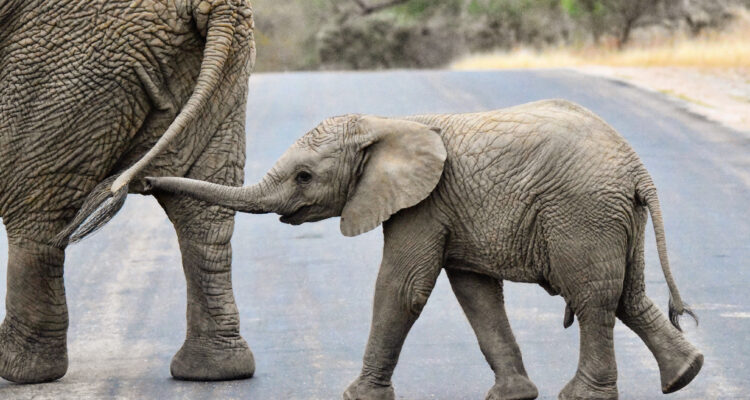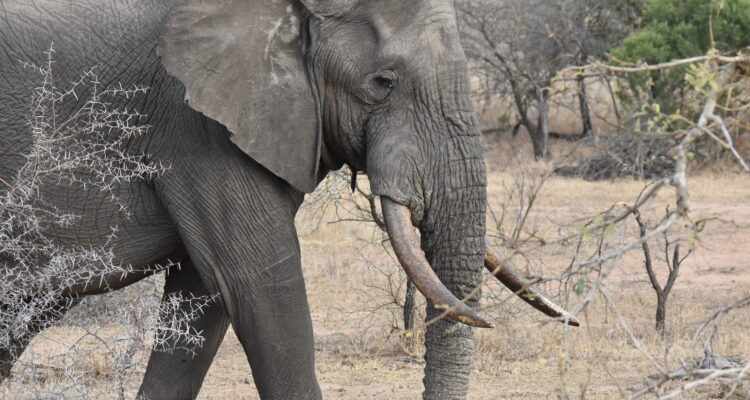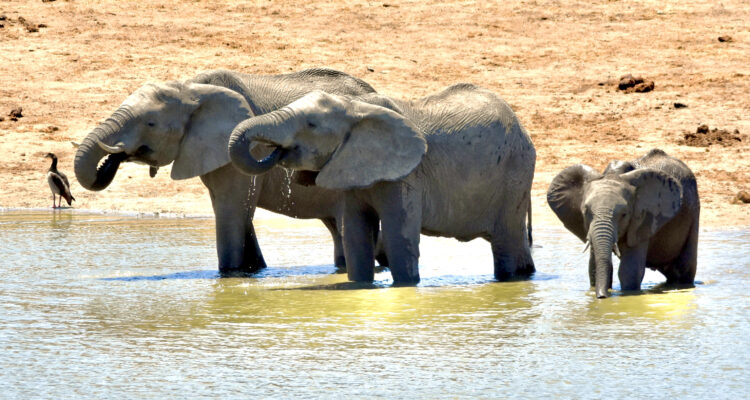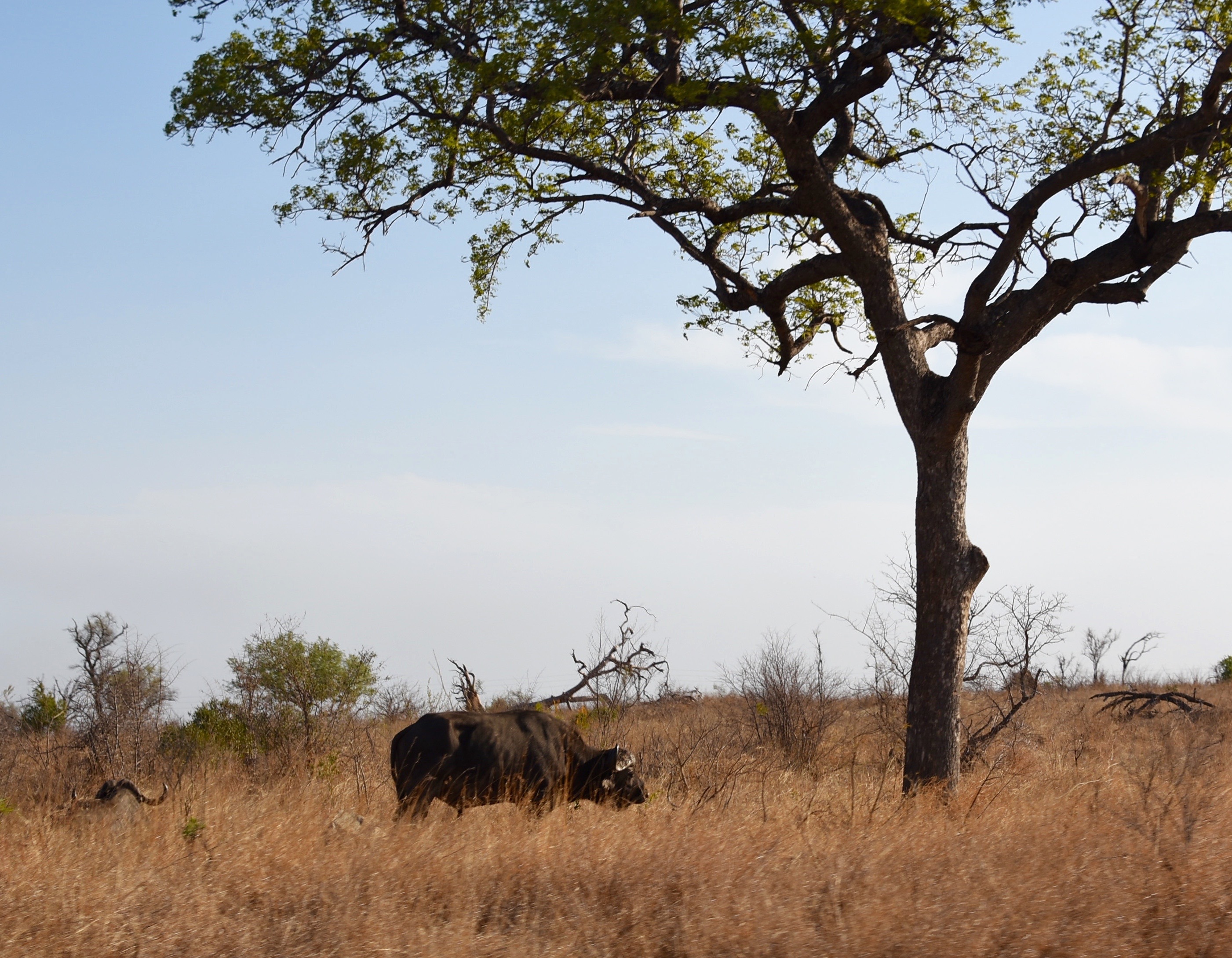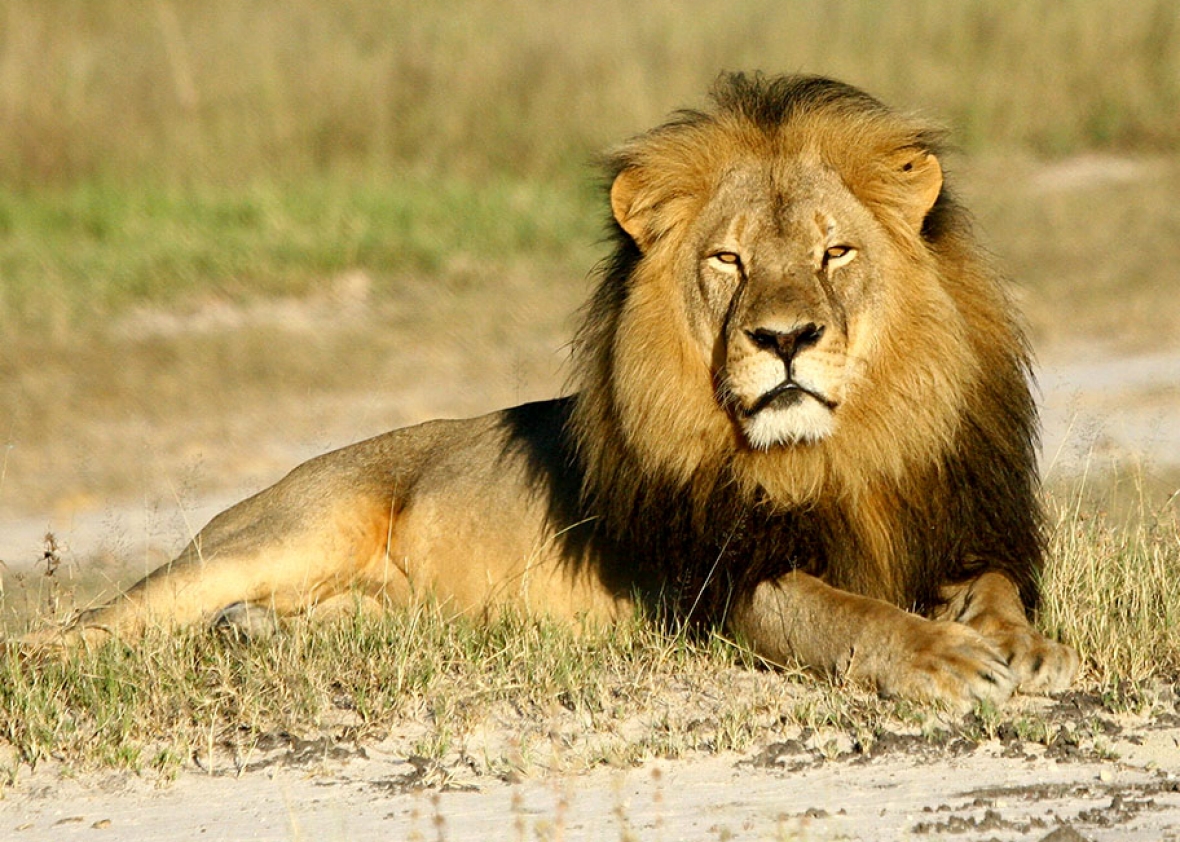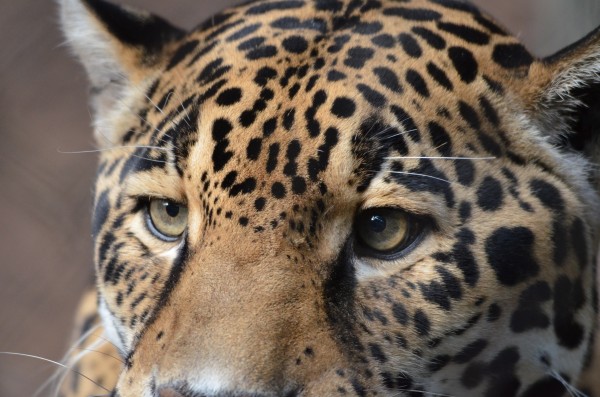One of the coolest things I get to do is serve as a Board Member and Treasurer for the International Society of Wildlife Endocrinology (ISWE). I’ve been a member since the group’s inception in 2010. At the time, I was a Doctoral Fellow at the Smithsonian Conservation Biology Institute working under the mentorship of elephant expert and reproductive physiologist, Dr. Janine Brown. I was lucky enough to attend the brainstorming meeting that brought together the world’s best wildlife endocrinologists. It should be noted, I was not one of them. Nevertheless, from that incredible gathering, ISWE was born. After more than …
Biomarkers of Reproductive Health in Wildlife and Techniques for their Assessment
